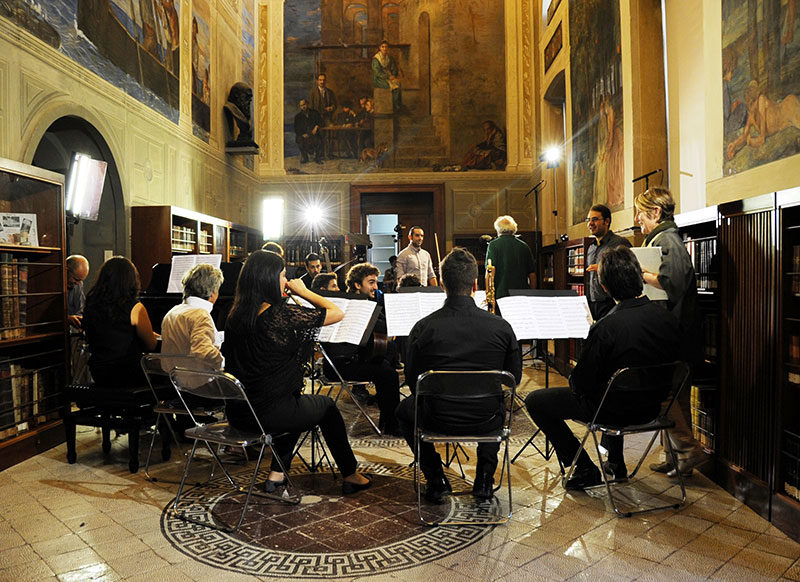
The new organizational scheme of the Stazione Zoologica, established in 1967, takes some time to be applied, in the meantime, in 1976, a new director was appointed, Alberto Monroy, with the difficult task of re-establishing the prestige of the Institute, through new international partnerships, based on a solid internal scientific program. The main task which the new director is facing is to give a new dynamism to the scientific 'old lady', given that the traditional model of operation clearly showed the signs of the time and was unable to meet the new demands of scientific research.
Even in the era of molecular biology, the variety of organ systems in marine animals continued to offer a greater diversity of form and function, diversity is necessary for the fundamental properties of living systems.
And this is the major scientific challenge of the late' 70s and early '80s. The ensemble of life processes that had characterized the scientific problems of the Stazione Zoologica (fertilization and development, evolution, memory, nerve transmission) had to be reinterpreted in molecular terms, with new conceptual tools (information, program, gene regulation) and technicians (electron microscopy, macromolecular chemistry and then molecular engineering). What the Stazione Zoologica needs is a new framework for international cooperation, an effort to bring the frontiers of research in the scientific life of the institute, with the increased participation of internal scientists in international programs. In the two decades between 1960 and 1980 the Stazione Zoologica lays the groundwork for a fundamental structural change. The ‘table system’ which for a century had ensured the economic base and the internationality, changed and the focus is also on internal research programs. However, only the research focus changed, not the international character. If until 1968 the internationalism was based on guest researchers, during the following years this character is guaranteed through collaborations with foreign colleagues and institutions. The new scientific and technical structure, from the fishermen, to the library, the laboratory technicians and researchers of course shows a remarkable ability to adapt quickly to new research approaches. What in the first century of the history of the Stazione Zoologica had been a duty to satisfy the requirements of visiting researchers, becomes a way to build up new projects and international collaborations.
Ecology is a focal point in the new development and the Stazione Zoologica becomes an obligatory reference point for every program on the ecology of the Mediterranean, while the acquired skills can be used in other ecological contexts, including the Antarctic.
But it was difficult to change the objectives and mode of operation of an entire institute, bringing it new blood and new energy. The growing financial constraints and institutional difficulties become a major obstacle to the scientific life of the Stazione Zoologica. A new financial and institutional leap is needed.










